Here is the list of the boutique bicycle manufacturers, ordered by their name (starting with I, J, and K). If you want to find a unique bike that fits your personality, review this list.
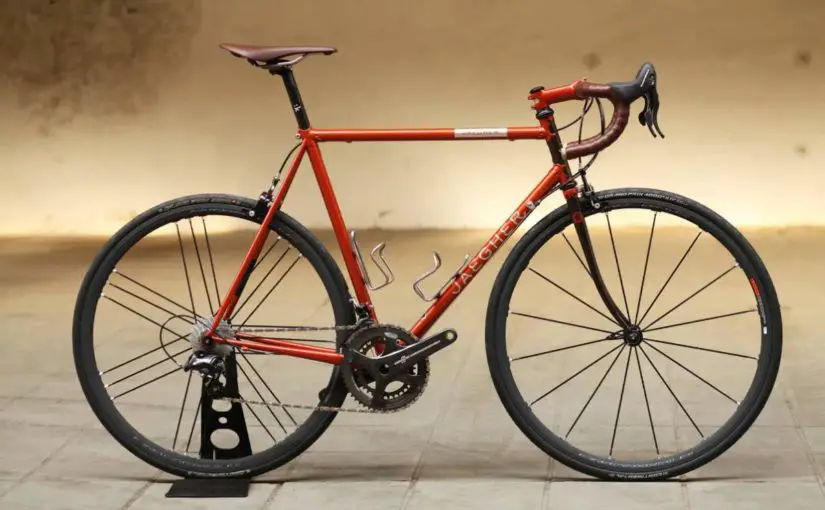

Here is the list of the boutique bicycle manufacturers, ordered by their name (starting with I, J, and K). If you want to find a unique bike that fits your personality, review this list.
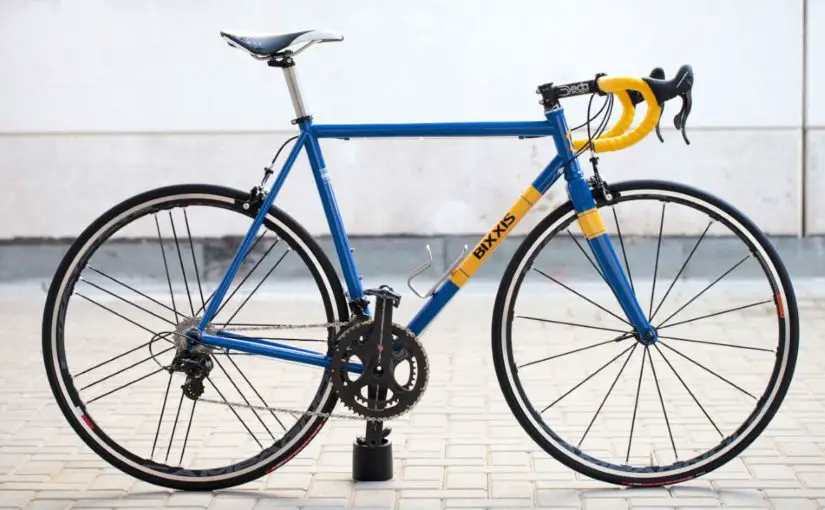
Here is the list of the boutique bicycle manufacturers, ordered by their name (starting with B). If you want to find a unique bike that fits your personality, review this list.
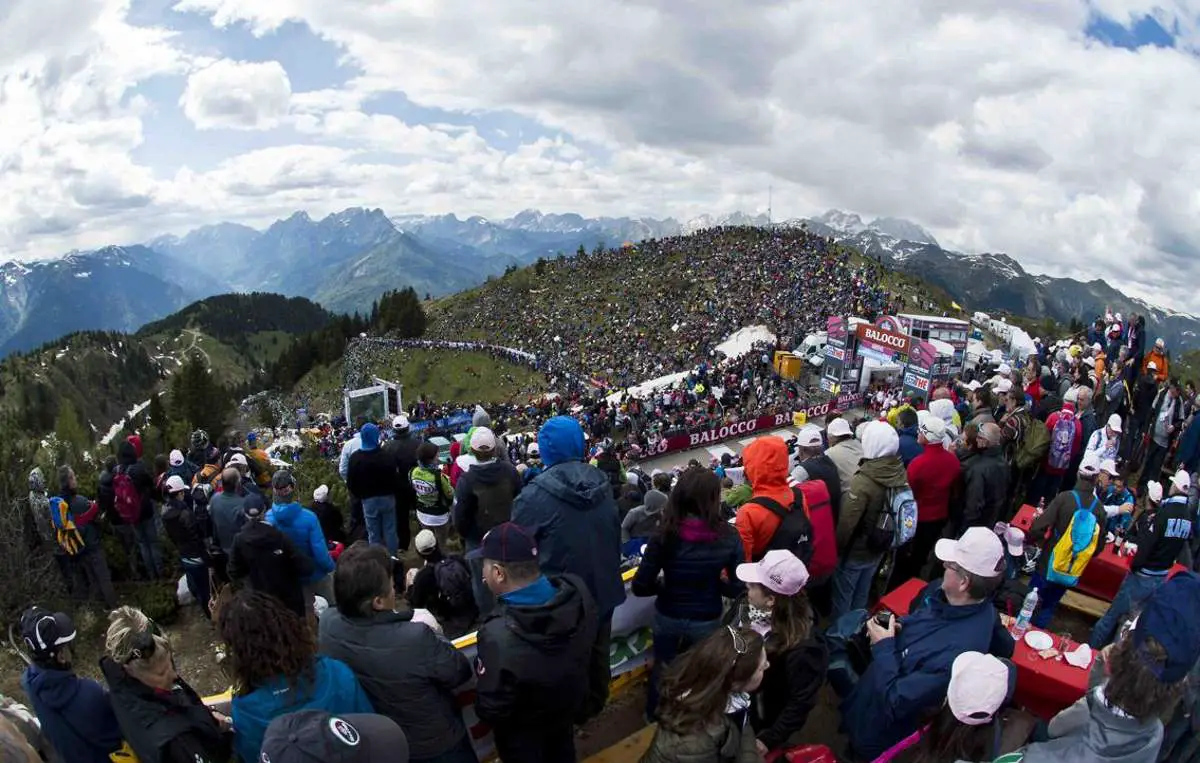
One of the most demanding climbs in professional road bicycle racing, Monte Zoncolan is a mountain in the Carnic Alps, located in the region of Friuli-Venezia Giulia, Italy. It has been used in the Giro d’Italia six times (2003, 2007, 2010, 2011, 2014, and 2018) and in the Giro Donne (Giro d’Italia Femminile, rebranded in 2013 as the Giro Rosa), once (1997).
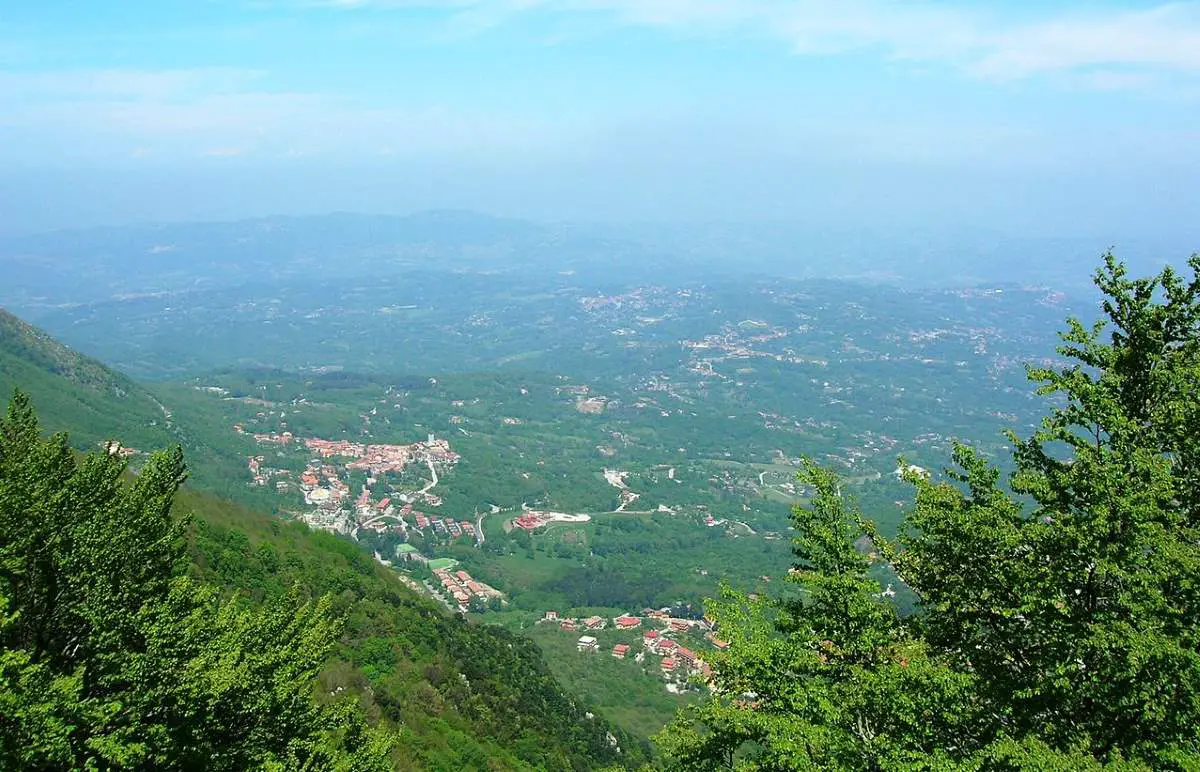
Montevergine is located near Avellino, in the comune of Mercogliano, in Campania, central Italy. The mountain is a limestone massif and part of the Apennine chain. Under the peak, at some 1,270 meters, is the Sanctuary of Montevergine (see notes 1), where the climb ends.
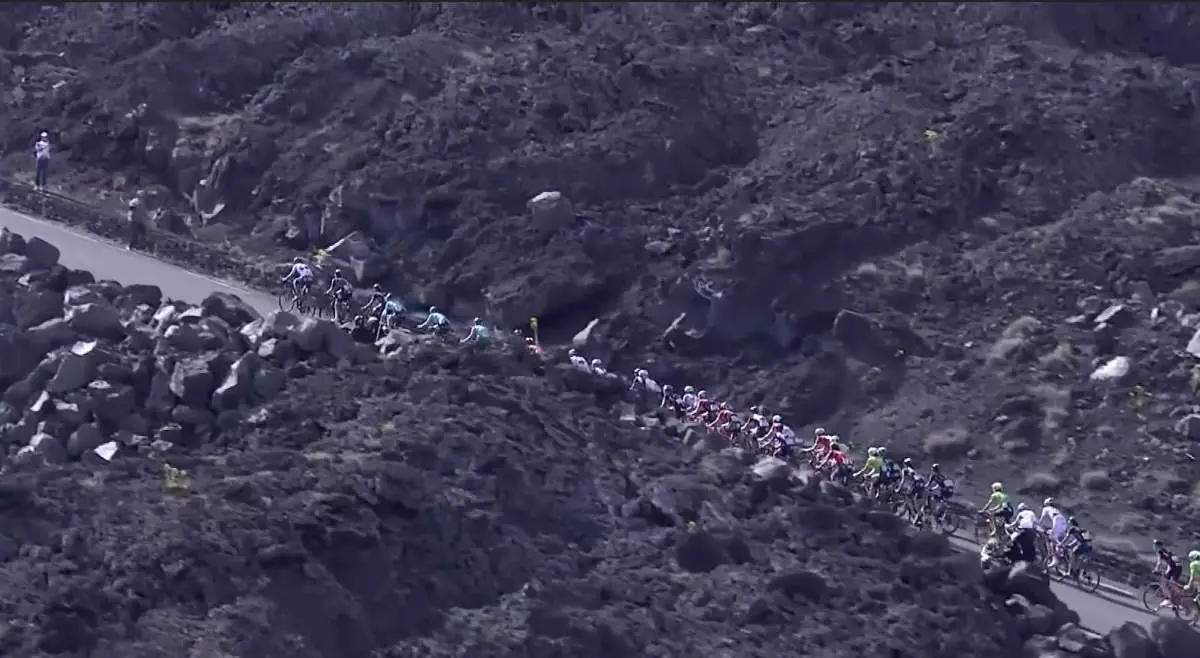
Mount Etna is an active stratovolcano on the east coast of Sicily, Italy. With a height of currently 3,329 meters / 10,922 ft (this varies with summit eruptions), it is the highest active volcano in Europe outside the Caucasus, and also the highest peak in Italy south of the Alps. To date, the Giro d’Italia has visited the volcano four times, three times to the Rifugio Sapienza and once to Piano Bottaro lower down. The last visit was in 2017, where Jan Polanc, the Slovenian rider of UAE Team Emirates won stage 4, as the last survivor of a four-man breakaway. The fifth visit will be in the 2018 edition.
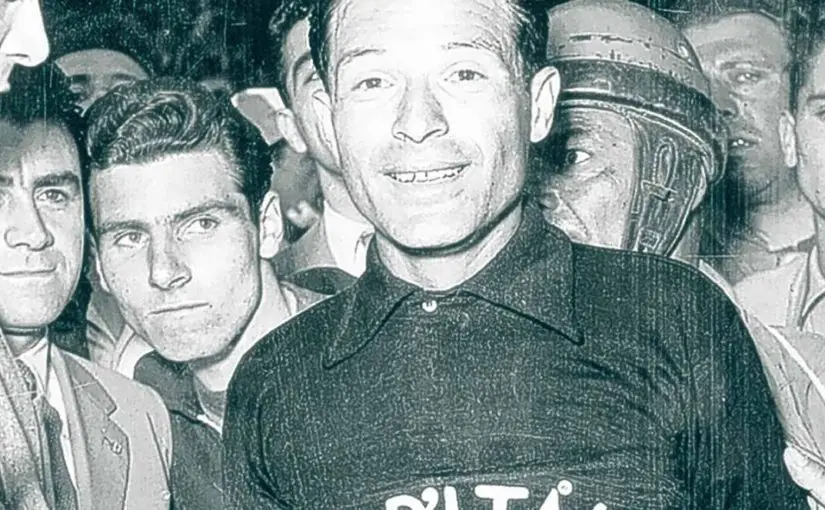
Between 1946 and 1951, the Giro d’Italia had a special jersey, “maglia nera” (English: black jersey), for the last-placed rider. There was a real competition between many riders, to win this highly-coveted jersey. The last-placed rider would ride the final victory lap with the race winner each year around the historic Vigorelli Velodrome in Milan.
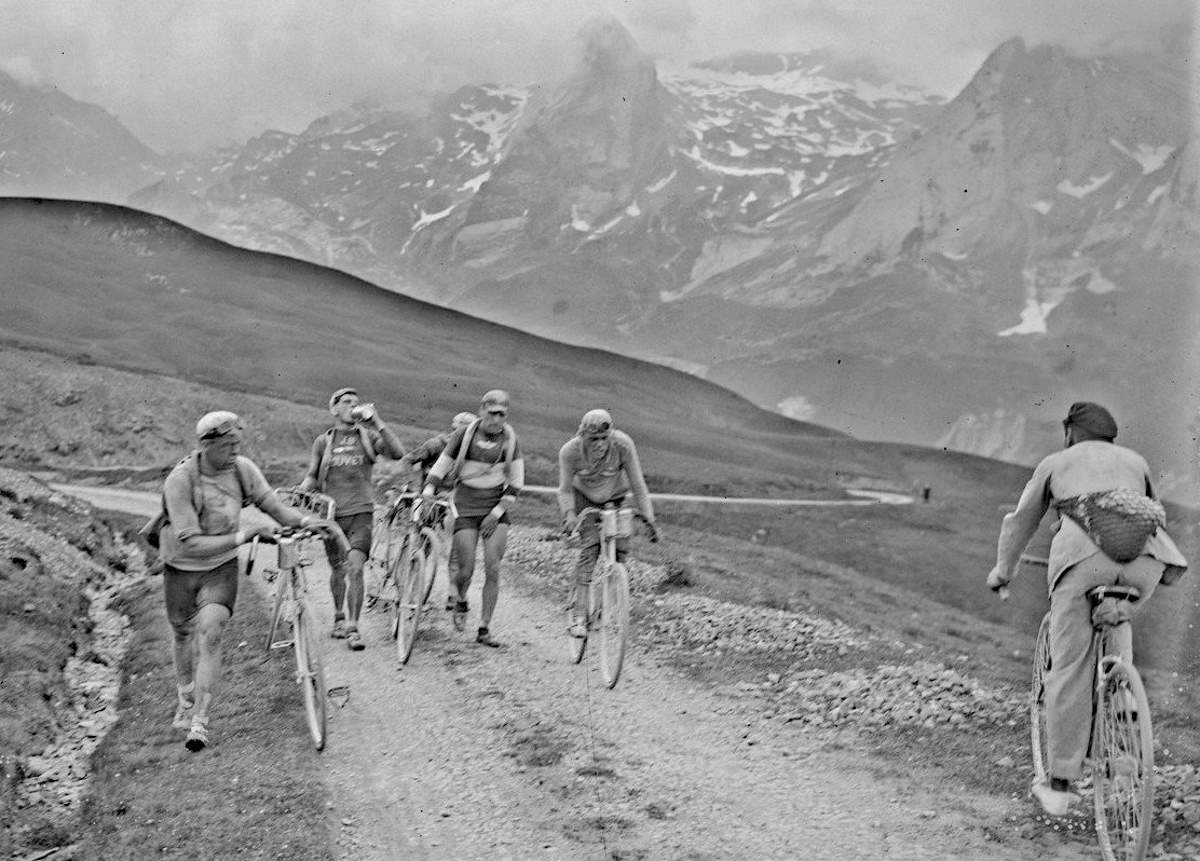
Today’s historic photo of the day: a mountain pass during the 1925 Tour de France. Frenchman Roger Lacolle (Météore) is leading the group (in the left, walking). The rider going the opposite way is a native, not a competitor.
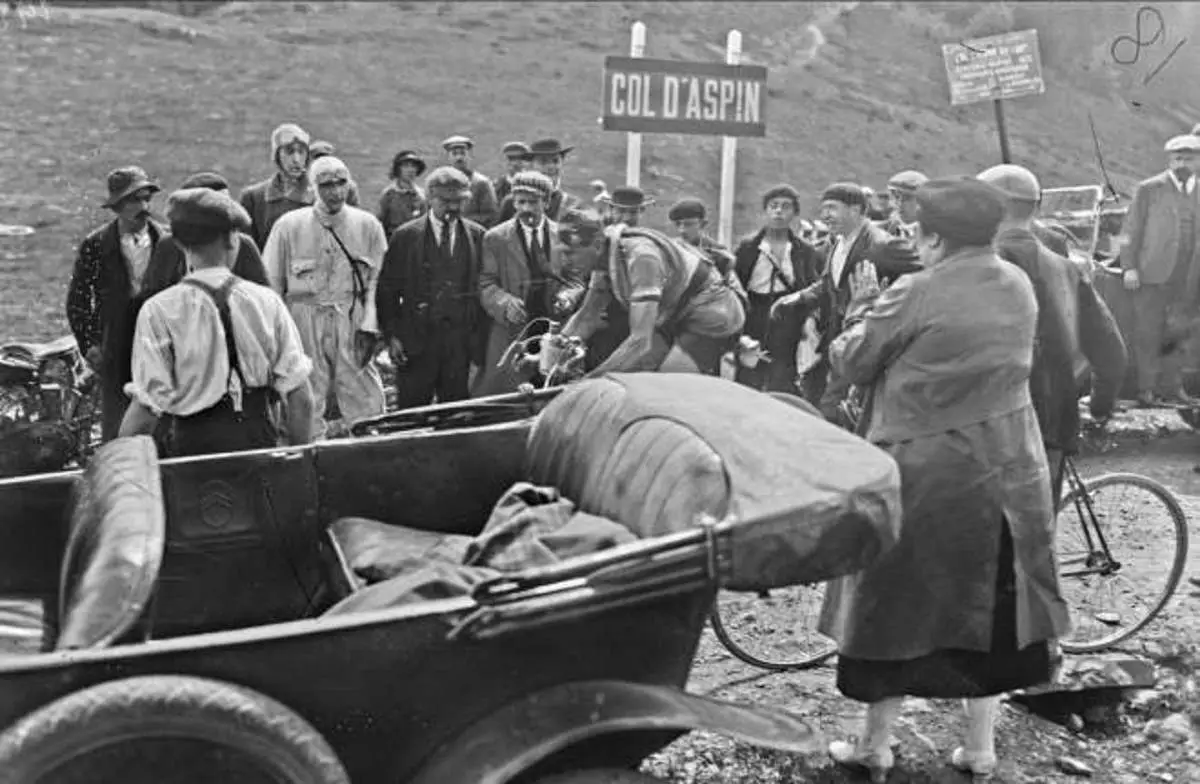
Today’s historic photo of the day: on Wednesday, July 5, Frenchman Jean Alavoine (Peugeot-Wolber) crosses over the Col d’Aspin during the Tour de France 1922, stage 6. It was a monster 326-kilometer stage from Bayonne to Luchon, which contains three major climbs: Col d’Aubisque, Col d’Aspin, and Col de Peyresourde. Alavoine won the stage in 14 hours 28 minutes and 44 seconds. The second finisher, Victor Lanaers (Automoto) came 16 minutes 43 seconds behind. The overall winner, Firmin Lambot (Peugeot) came third, at 31:05.

Cycling journalist Laura Meseguer posted a video on her Twitter account: three great retired cyclists, Greg LeMond, Sean Kelly, and Juan Antonio Flecha, and a British former triple jumper and a keen recreational cyclist Jonathan Edwards racing against each other using a custom setup. They jumped on their stationary bikes which were fitted to a toy race track with miniature riders representing each person.
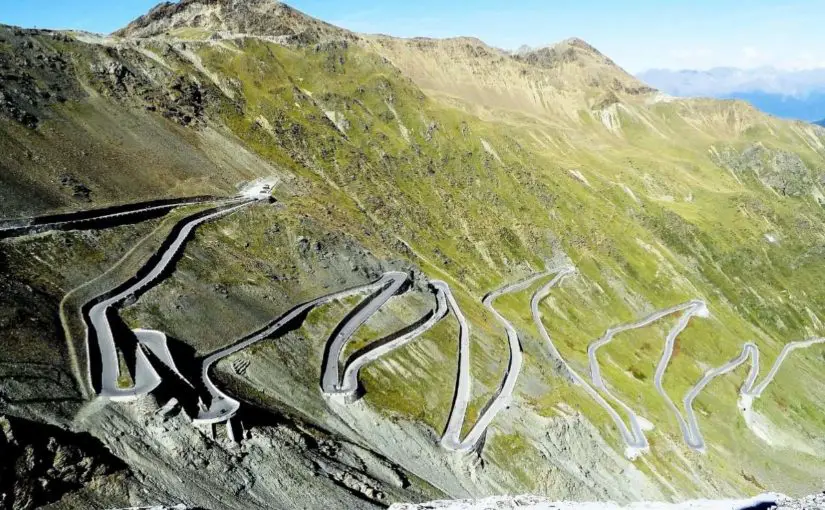
This is the story of the last record attempt of Giuliano Calore, a racing cyclist, world champion of extreme cycling, holder of 13 records, and won 98 medals. He was born in Padova (north-east Italy) in 1938. The movie is titled “48 Tornanti di Notte” (48 Hairpin Bends at Night) tells about his most impressive challenge so far: descending from the Stelvio Pass – at an altitude of 2758 m – at night, with all of its 48 hairpin turns, on a bike with no handlebars or brakes, illuminated only by a torch and moonlight.